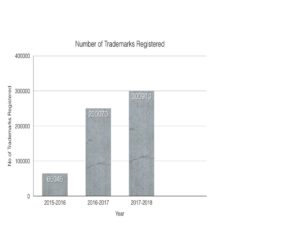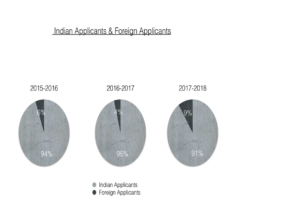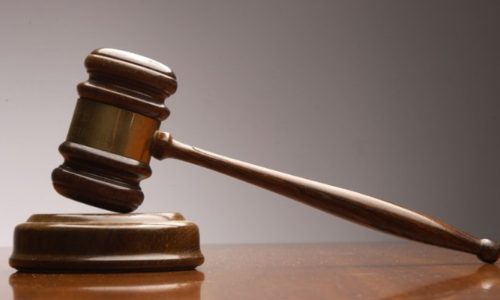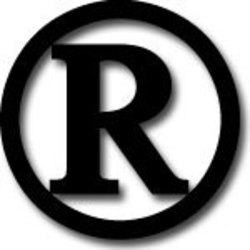
India has an ever growing startup ecosystem. It is a common misconception that it is ok to work on available legal templates or take legal advice from CAs, and lawyers should be engaged only for complex deals. CAs can effectively advise a start-up on tax aspects but more than often do not take into consideration the applicability of other laws leading to start-ups being legally non-compliant. Accordingly, when lawyers do get involved, there is a vast backlog of things to do to rectify the legal mess that is created (not every mistake can be fixed!!), which is expensive, time consuming and inconvenient. Certain wrongful actions, inactions or non-compliances can be deal breakers or lead to a major drop in a start-up’s valuation.
Involving lawyers at an early stage helps one in availing the advantages of beneficial laws that have been enacted in favour of start-ups, making an organisation better structured, organised and legally strong, and dealing with legal risks more effectively. Further, the longer a lawyer is involved in a business, the better the lawyer understands the business enabling him to deliver practical, reliable and result oriented advice that is more aligned with a business’ goals and objectives. Lawyers can help a start-up in various matters such as company formation, IP creation, shareholders’ agreement, employee agreements, funding and regulatory compliance, to name a few.
As start-up entrepreneurs, one needs to focus on growing the business in the right direction. Hiring the right corporate lawyer at an early stage of a business can do wonders for a start-up, and increase the chances of its success.
BY
Divya Jyoti Mehra
Partner – Corporate Law – Talwar Advocates







